Puanga Matariki
Published on June 22, 2022
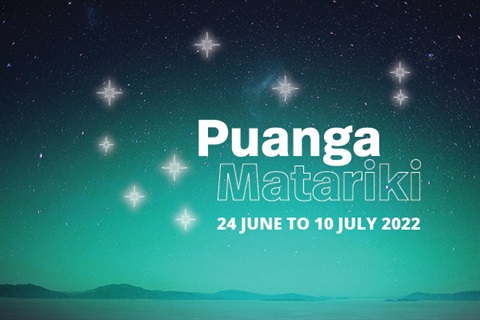
Nau mai, haere mai ki te whakanui i a Puanga rāua ko Matariki.
Celebrate with us the rising of Matariki and the beginning of the Māori New Year.
Matariki is the Māori name given to the cluster of stars that rise at dawn in midwinter, signifying the start of a new year. During this time Māori mourn loved ones lost during the year, forecast the bounty of the new year and send their deepest dreams and desires to the heavens. There are an estimated 500 stars in total in the Matariki cluster, and a small number can be seen without a telescope. The cluster is often referred to as the mother and daughters – Matariki being the mother with her daughters.
Join us to learn about the Māori New Year, and gather with family and friends to reflect on the past, celebrate the present, and plan for the future.
This year’s Puanga Matariki events will take place between 24 June – 10 July. Organised by Horowhenua District Council in partnership with Iwi, a variety of fantastic events will be on offer, focusing on each of the stars of Matariki.
How to locate Matariki
Matariki is found low on the horizon in the north east of the sky. Try looking here between 5.30am and 6.30am.
- First find Tautoru (well known as the bottom three stars of ‘the pot’, Orion’s Belt).
- To find Puanga (Rigel) look above the pot until you see the bright star – that is Puanga.
- To find Matariki, look to the left of Tautoru (the pot), find the bright orange star, Taumata-kuku (Aldebaran). Follow an imaginary line from Tautoru, across to Taumata-kuku and keep going until you hit a cluster of stars. That cluster is Matariki. If you have good eyes, you should be able to pick out individual stars. If it looks fuzzy, look just above or just below and the stars will be clearer.
Matariki is not visible in all areas of Aotearoa. This is due to the mountain ranges blocking the view in some areas, so some Iwi use a different star, Puanga as the sign for their Māori New Year, as this can be seen clearly from their location.
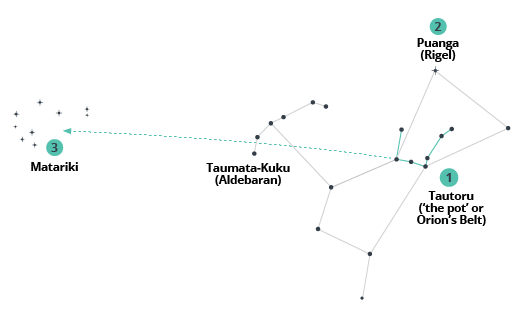
The Stars of Matariki
In Te Ao Māori each star in the Matariki cluster is associated with aspects of wellbeing and the environment.
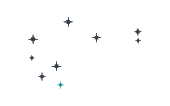 |
Pōhutukawa
Remembers those who have passed on in the last year.
|
|
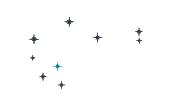
|
Waitī
Represents freshwater bodies and foods from these waters.
|
|
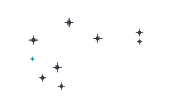
|
Hiwa-i-te-rangi
Attainment of goals, dreams and aspirations.
|
|
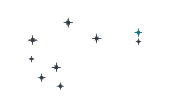
|
Tupu-ā-rangi
Connects to the harvesting of food from the trees, including fruits, berries and birds.
|
|
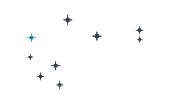
|
Waipunarangi
Honours rainfall. It translates to ‘water that pools in the sky’.
|
|
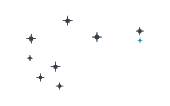
|
Tupu-ā-nuku
Food that is gathered or harvested from the soil.
|
|
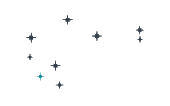
|
Waitā
The ocean and foods that come from it.
|
|
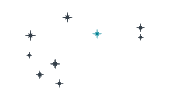
|
Matariki
Signifies reflection, hope, connection to the environment, and health & wellbeing.
|
|
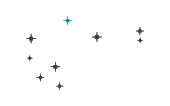
|
Ururangi
‘Winds of the sky’ determines the nature of the winds for the year.
|
Around the world
Matariki is known throughout the world and has many names.
Here are some other cultures that acknowledge Matariki.
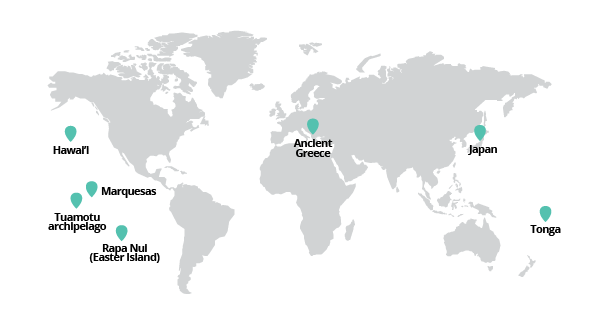
Marquesas - The star cluster is known as Matai’i or Mata’iki.
Tuamotu archipelago - Mata-ariki meaning “eyes of the god” or “eyes of the chief”.
Hawai’i – the rising of Makali’i in November ushers in the four-month season Makahiki, which honours Lono, the god of agriculture and fertility.
Tonga – as in Hawai’i, the year is divided into two seasons, which are named according to whether the cluster is visible after sunset: Matali’i i nia (Matali’i above) and Matali’i i raro (Matali’i below).
Rapa Nui (Easter Island) – Matariki heralds the New Year and its disappearance in mid-April ended the fishing season.
Ancient Greece - the Pleiades contained nine stars: the parents Atlas and Pleione, positioned to one side of the cluster, and their seven daughters Alcyone, Maia, Taygeta, Electra, Merope, Celaeno and Sterope.
Japan – Subaru meaning ‘gathered together’.